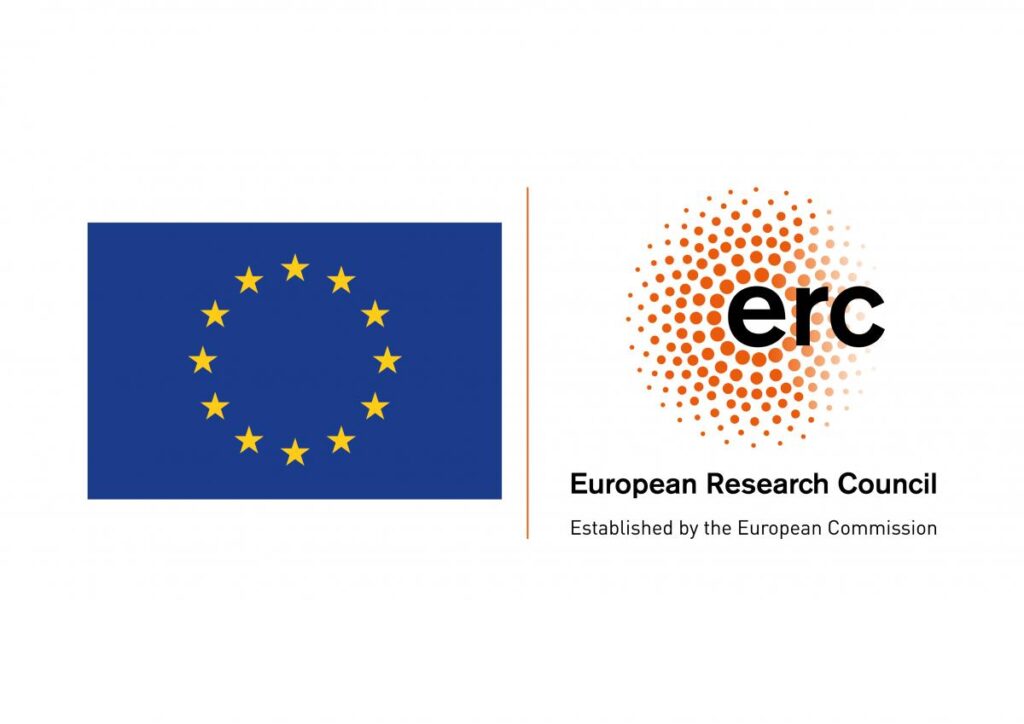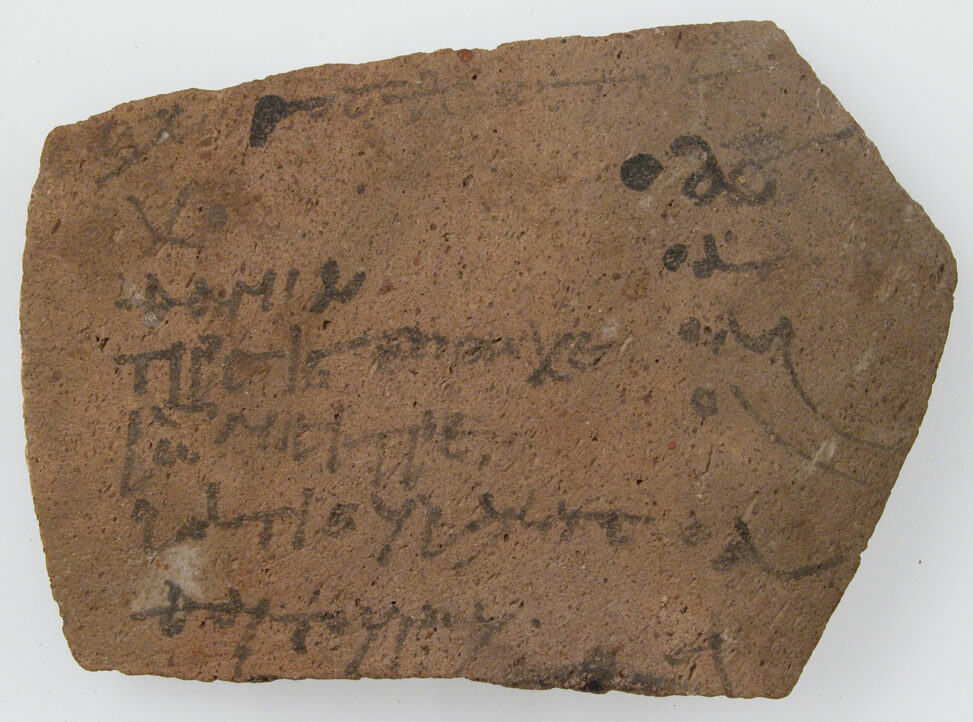A few weeks ago, a hybrid workshop took place between Princeton and Edinburgh, organized by the ‘Balzan Seminar on the Formation, Maintenance, and Failure of States in the Muslim World before 1800’, directed by Michael Cook from Princeton University, Antoine Borrut from the University of Maryland, and Caliphal Finances PI Marie Legendre. Part of this workshop was a roundtable which included members of the Balzan seminar, the Caliphal Finances team, and colleagues from the University of Edinburgh.
The roundtable addressed a topic close to the heart of the Caliphal Finances team: how numbers were expressed in our respective sources. Among the various participants, our PI, Marie Legendre, presented an overview of her work in progress on Arabic accounting, specifically how it can be observed in the Egyptian papyri. She touched on several points that will see further development in her future research. She discussed her views on the birth of Arabic accounting, especially the role of spelled-out numbers in Arabic and the Greek alphanumerical system therein. She also remarked on the regional variations in Islamicate accounting, as well as developments after the Abbasid period which evolved from spelling out numbers rather than alphanumerical systems (e.g., siyāq numerals).
Overall, Arabic accounting in Abbasid Egypt primarily utilized the Greek alphanumerical system within Arabic documents: the Greek numerals were integrated into the Arabic language. Other alphanumerical systems in use in the Islamicate world that came up during the roundtable included Syriac alphanumerical numbers, found in Arabic occult scientific literature (Salam Rassi, University of Edinburgh), and Armenian alphanumerical numbers (Nik Matheou, University of Edinburgh). Armenian inscriptions show a development in writing numbers, evolving from being mostly spelled out in words to using Armenian alphanumerals in the later seventh century. Nik discussed his current views on the context of this change, especially the relationship between Armenian epigraphic practice and general Armenian writing practice at the time.
The roundtable highlighted the rich tapestry of numeric systems in the Islamicate world and their evolution over time. The collaborative discussion provided much food for thought and underscored the importance of continued research in understanding historical accounting and writing practices.
Read more:
- Accounting Practices in the Multilingual Administration of the Abbasid Era
- Muhammad and Ghengis Khan 30 years later: The Fiscal Factor in World Empire Building
Banner image: Coptic account with amounts of money indicated in the Greek alphanumerical system. Metropolitan Museum of Art, Rogers Fund, 1914. Object number 14.1.40.




Leave a Reply